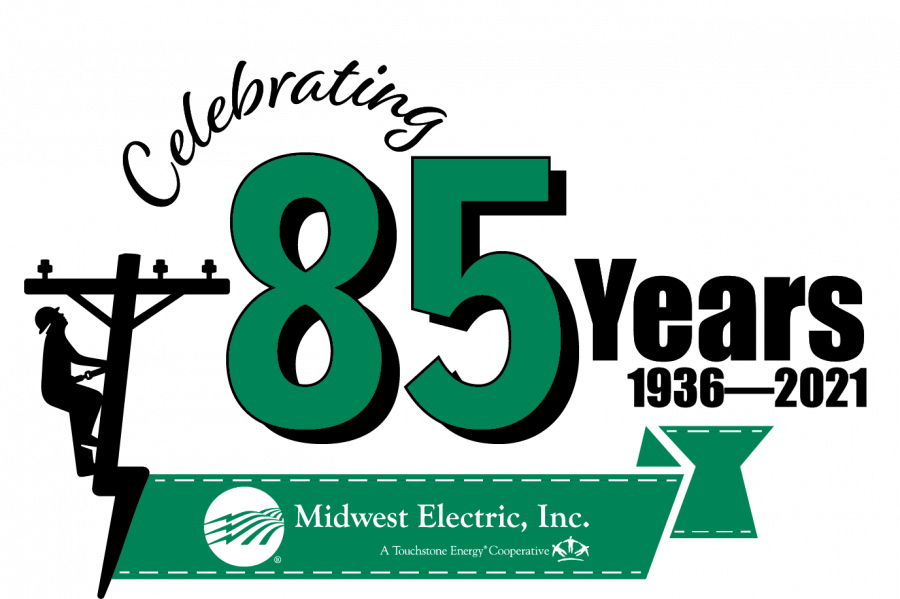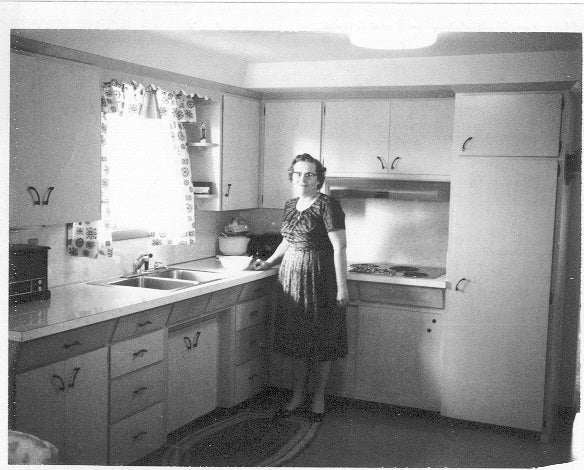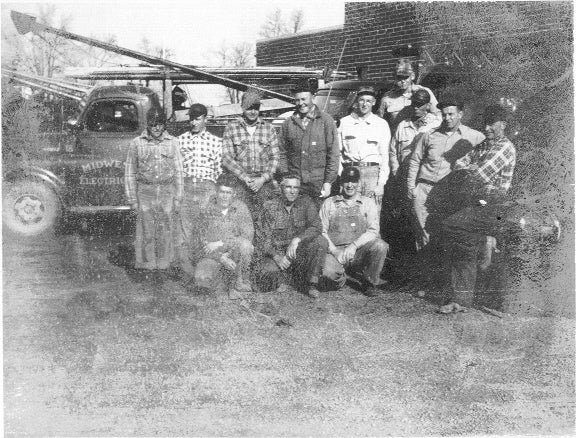
As late as the mid-1930s, nine out of 10 rural homes were without electric service. The farmer milked his cows by hand in the dim light of a kerosene lantern. His wife was a slave to the wood range and washboard.
The unavailability of electricity in rural areas kept their economies entirely and exclusively dependent on agriculture. For many years, power companies ignored the rural areas of the nation. But on May 11, 1935, President Roosevelt acted on behalf of rural communities across the United States, signing Executive Order No. 7037 establishing the Rural Electrification Administration (REA).

Within months, it became evident to REA officials that established investor-owned utilities were not interested in using federal loan funds to serve sparely populated rural areas. But loan applications from farmer-based cooperatives poured in, and the REA soon realized electric cooperatives would be the entities to make rural electrification a reality.
Midwest Electric was born on March 17, 1936, when representatives from Auglaize, Allen, Hardin, Van Wert, and Mercer counties met at the Barr Hotel in Lima to create their own electric cooperative. They wanted better lives for their community – electricity, the thing that would improve lives sevenfold and raise the standard of living. They knew they had to come together and pool their funds for a common goal to do it… that unity and striving to make a difference still lives on in how Midwest Electric operates today.
Be sure to watch Ohio Cooperative Living magazine and our social media channels, and you’ll see us sharing historic tidbits, stories, and trivia to celebrate our anniversary all year long. We know our story is also our members’ story, and we want to highlight the historic achievements we’ve accomplished together!
A lot has changed over the last 85 years. Our name was initially Western Farm Bureau Electric Cooperative (renamed Midwest Electric, Inc., in 1938). The average residential Midwest Electric member used 47 kilowatt-hours (kWh) per month in those early years. Today, the average is more than 1,200 kWh.

Safety has taken several leaps in advancements as well, starting as an afterthought to today being preached day in and day out. Back then, linemen worked with their bare hands and uninsulated tools, every job being incredibly labor-intensive. Now, we have bucket trucks, insulated rubber gloves, and numerous safety protocols that must be followed on the dot. Inspections are performed regularly, and ensuring everyone goes home safe every day is the priority.
Costs have changed, too. The average cost per kWh in the 1930s was 7.2 cents; today, it’s 10 cents. However, once you take into account the price increase of various other consumer goods like a gallon of milk, carton of eggs, or even a home, car, or healthcare expenses – you see that electricity hasn’t gone up at the same rate. Your power is (and always has been) an incredible value for the money!
Here’s what hasn’t changed: Midwest Electric is still member-owned and operates on a not-for-profit basis. We were created by and for the communities we serve, and that will never change! That’s the cooperative difference.

